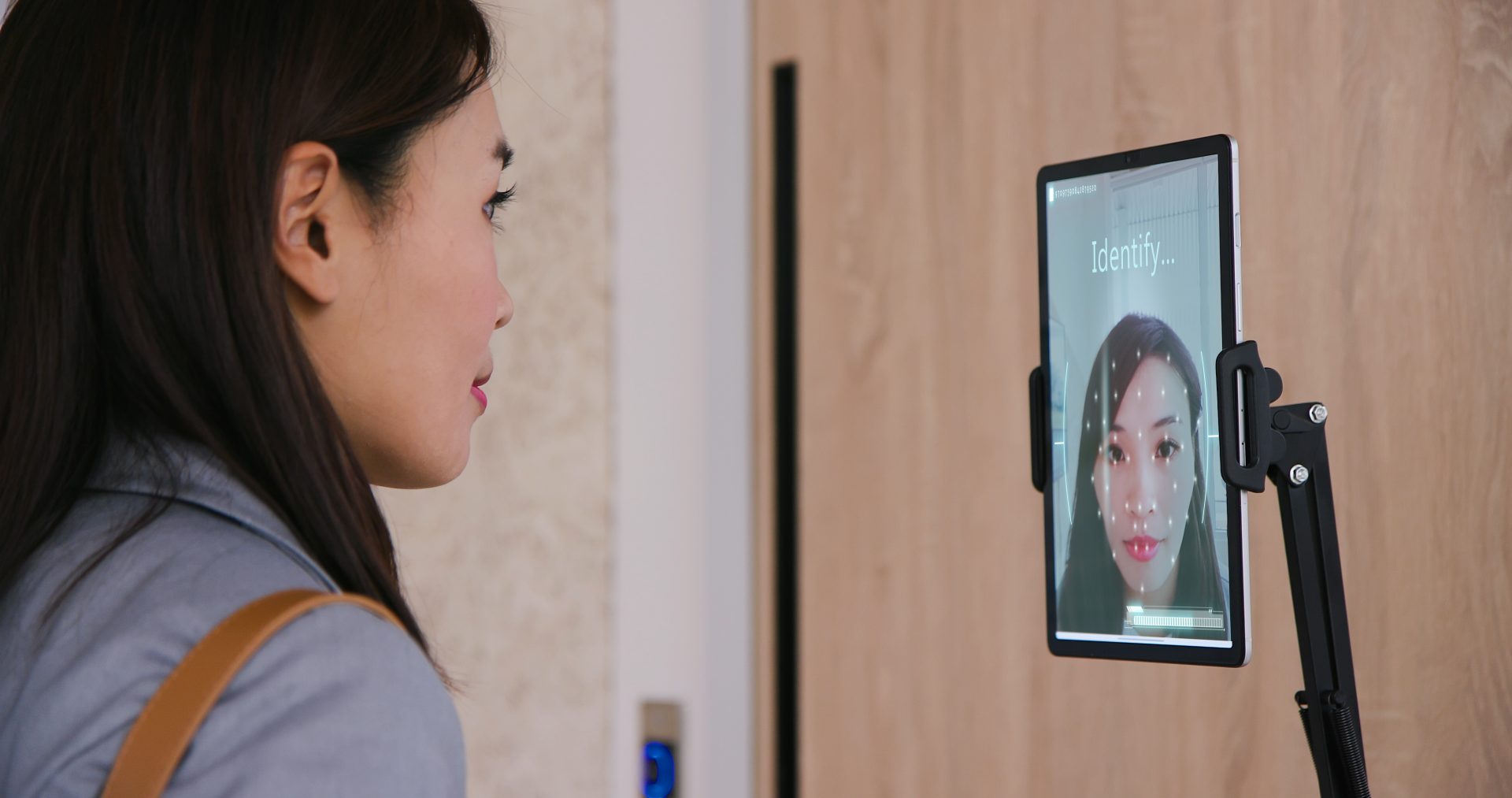Japan’s 21st Century Goals
Several leaders worldwide sounded the call for isolationism or trade protectionism at the pandemic’s onset in 2020. When pandemic-led lockdowns cast the spotlight on global supply chains, it was deemed practical to attempt reshoring all stages of production within one’s own country. This strategy, leaders felt, would prevent a collapse in supply of essentials such as healthcare equipment and food grains, if such an event occurred in the future.
However, as vaccines rolled out, it was clear that collaboration works best. Vaccines were developed and launched in record time, thanks to the combined efforts of virologists, scientists, and medical experts from across the world.
Meanwhile, isolationism as a concept, was embraced across the centuries. In Japan’s case, it chose to tread this route for over 200 years. During this period, it severed ties with the outside world and only maintained relations with the Chinese and Dutch. It was introduced to several of its then modern innovations, such as clocks and weaponry by the Dutch.
Japan’s early isolationism ended in 1858, but it retained a strong culture. Geopolitics forced it to reconsider its global role, recognizing there is no single right answer. Yet, it searches for new prosperity. How might Japan reintegrate itself within regional and global accords? What will it contribute uniquely?
Horasis is organizing the Horasis Asia Meeting on 26 November 2021 to deliberate on geopolitical issues, among others. The one-day virtual event will see participation from a diverse range of people, spanning members of governments, businesses, academia, and the media. The goal is to arrive at actionable solutions that can ensure shared prosperity.
Integrating with Regional and Global Accords
Three decades ago, in 1991, a Washington Post article chronicled how Japan was reluctant to assume a bigger role in global affairs. It was then the second largest economy in the world, behind only the US. Japan built its formidable economy on the back of flourishing exports and its technological prowess. Its automotive sector was especially strong; Japanese automotive brands came to be associated with quality and reliability.
Japan, however, was reluctant to engage more deeply on the world stage. It was almost as if the economic superpower was keen to remain on the side-lines. And this stance can be somewhat attributed to World War II’s devastating impacts.
In the recent past, however, Japan has adopted a less isolationist stance. Its decision to join the Comprehensive and Progressive Agreement for Trans-Pacific Partnership (CPTPP) in 2018 was a clear indication. More recently, it also became a part of the Regional Comprehensive Economic Partnership (RCEP). Where countries like the US and India chose to opt out, Japan was an eager participant of this free trade bloc.
The CPTPP comprises 11 countries, with the UK slated to become the 12th member state in 2022. The current member countries account for an estimated 500 million people, corresponding to 13 percent of global GDP, and 15 percent of world trade.
Meanwhile, the 15 economies that are part of the RCEP will account for about 30 percent of the total global population. Should each economy’s strengths be suitably leveraged, it will yield sizeable gains. According to a 2020 Brookings study, the RCEP holds potential to generate an additional $209 billion in annual incomes worldwide and add a further $500 billion to global trade, by 2030.
What Can Japan’s Unique Contributions Be?
In less than five decades, Japan went from suffering the devastating effects of the World War II to becoming the world’s second largest economy. This remarkable outcome was possible due to strong policymaking and resilient people who went above and beyond to rebuild their country. This furious pace of economic development, is in itself, a solid repository of knowledge that Japan can share with emerging economies.
One of its key sectors is technology and technology investing. Japan’s Softbank Corporation, for example, has enabled several tech startups, both in developed and emerging economies, to become massive conglomerates. In Southeast Asia, SoftBank is an investor in ride hailing app Grab. The company was originally founded in Malaysia in 2012. As of April 2021, its valuation was just shy of $40 billion, ahead of a listing in the US stock market. Grab is now considered a super-app, meaning it offers services beyond ride hailing alone. Its services span 400 cities across eight countries.
Japan is also among the top donors in the world, and clearly the biggest in Asia-Pacific. In 2020, Japan’s Official Development Assistance (ODA) to developing countries to promote sustainable economic development and welfare was $16.3 billion – only behind the US, Germany, and UK. Japan’s assistance around the world is a striking reminder of how it can make a difference. Japan has a sizeable current account surplus; its government can allocate a share of its funds towards spearheading development efforts in emerging economies. With its expertise and technical knowhow, the Asian powerhouse can be a net positive contributor to economic development in the Asia-Pacific region.
Photo Caption: A view of Tokyo. Japan can contribute significantly to the prosperity of Asia.



